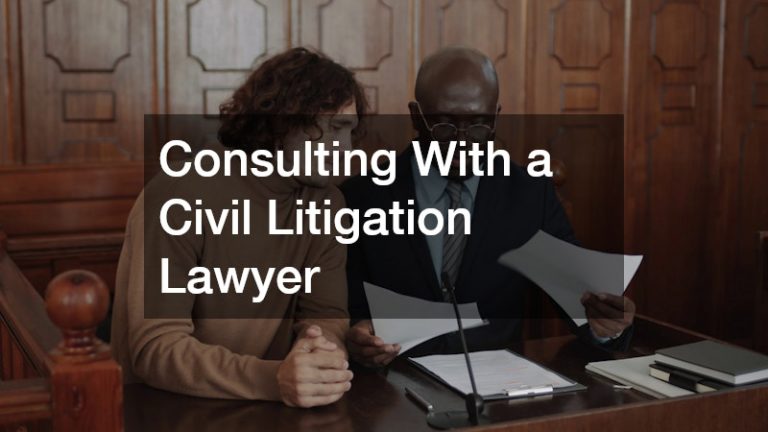
New ideas and items are always being conceived by professional and amateur inventors and creators alike, and as with many other modern business, there are laws and procedures to consider, and for any invented item or new piece of intellectual property such as a song, novel, or video game, intellectual property practices will apply. Following intellectual property practices can save a person a lot of hassle, fees, and time, and an intellectual property litigation is not something the average creator wants. Instead, a patent attorney can help an inventor get the rights to his or her new invention, and the creator of new intellectual property will want trademark law and other legal processes to protect their creation. How can one secure a patent or follow intellectual property practices?
Proliferation of Patents
Anyone with a new invention should be aware that patent law is nothing new, and an inventor will find themselves in a lot of company. Over 228 years ago, the first patent law went into effect, and ever since, procedures and legal precedents for patent law have built up into the system used now. And a recent survey shows that patents are often used across 12 industries, so there is a wide range of potential inventions that have application. Every year, the United States Patent and Trademark Office received some 500,000 patent applications every year, although not all will actually be accepted and made into patents. Patents do not last forever; on average, a new patent will have a term of about 20 years starting from the application filing date. How can an inventor make use of this system to patent an item?
Getting the Patent
An inventor has several steps to go through before successfully getting a patent. The first is to finish designing and building a prototype for the intended invention, whatever it may be, and filling out the correct application for it. The invention should have a practical purpose that would make it worth manufacturing and selling to the market, and if an item has no clear purpose, of its mechanism and functions are too similar to an existing patented item, the patent may be rejected.
An inventor can work alone and submit a provisional patent application, which is a temporary patent until a more permanent one is acquired (and its requirements met). In this case, the inventor can tinker with the invention between getting the provisional application and the final patent, although no new components may be added to the invention; only existing ones can be modified.
This process can be difficult, and often, small details can prevent an inventor from getting a patent. However, patent attorneys can be hired to assist in the process. In this case, the inventor will draw up finely detailed blueprints, diagrams, or other visuals of the invention and make its unique structure and function clear, without any ambiguity. The attorney can also help the inventor navigate the many legal requirements of a patent and clear any other standards, since it is time consuming to send and re-send a patent that gets rejected multiple times. A patent that has an attorney backing it up is more more likely to pass through the approval process, and an non-provisional patent license can be acquired, one that is more permanent than a provisional license.
Similarly, intellectual property practices can be handled by a specialized attorney who can defend a creator’s invention or non-tangible intellectual property against copyright infringement, imitations, or other attacks on the patent or trademarks. Often, this attorney will carry out litigation against the legal team of the offending party, and a settlement can be reached.



